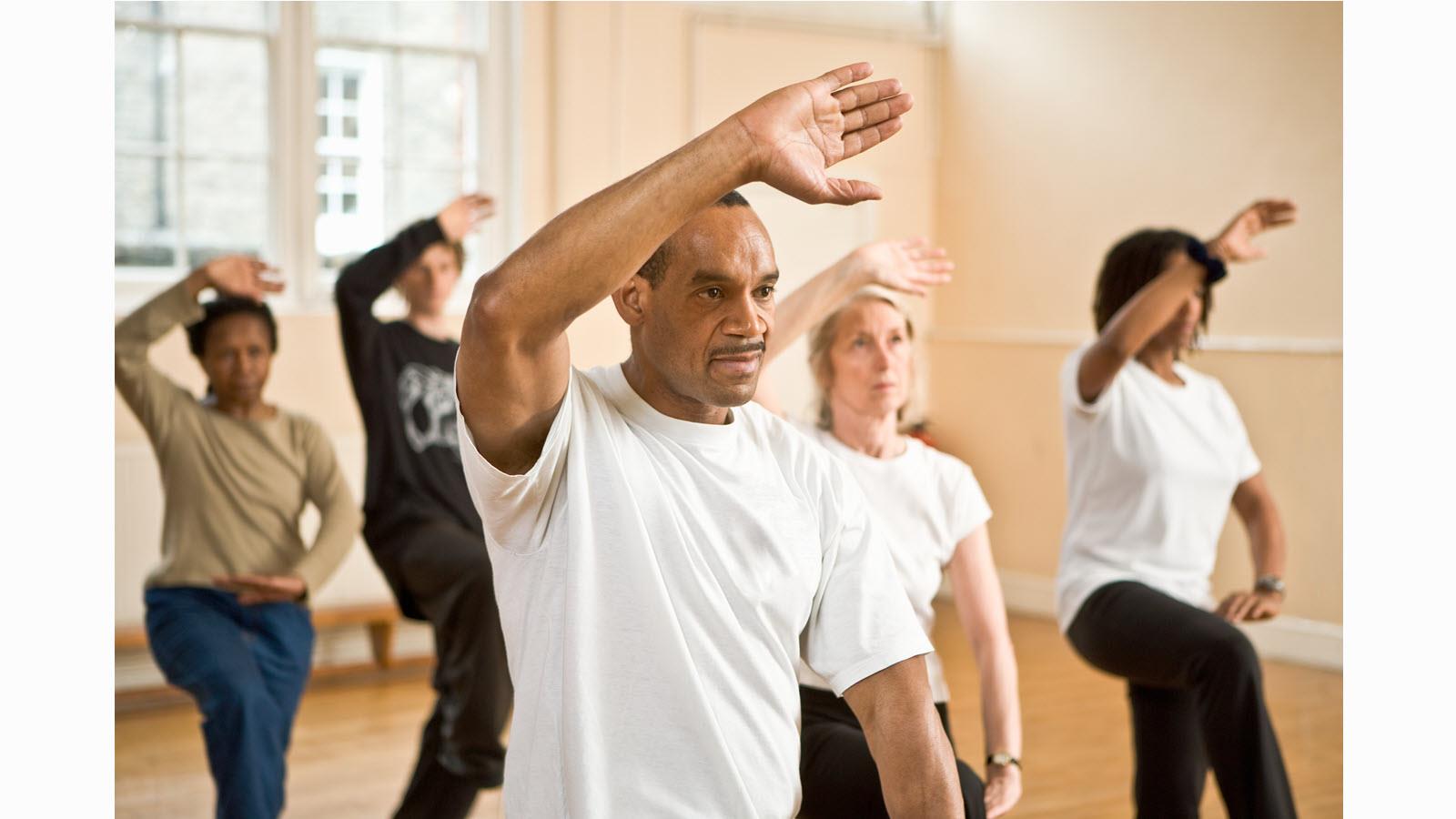Improved treatments for hemophilia mean that patients today can be physically active and live as long as the general population. But aging brings unique challenges for patients who live with the bleeding disorder, said Christine Kempton, a professor in the Department of Hematology and Medical Oncology at the Emory University School of Medicine and director of the Hemophilia of Georgia Center for Bleeding & Clotting Disorders.
In a recent Hemophilia Federation of America webinar called “From Zoomer to Boomer: Aging with Hemophilia,” Kempton outlined aging-associated conditions that can be worsened by hemophilia.
- Osteoporosis: Osteoporosis is a concern for everyone as they age, but a number of studies show hemophilia could weaken bones even further. Osteoporosis happens when bones lose density and strength, making them more prone to break. The condition, along with osteopenia, which is a loss of bone mineral density, are common among older people. An estimated 10 million people in the U.S. have osteoporosis, and the condition is slightly more common in women.
“The weight of the evidence tells us that patients with hemophilia have lower bone density than the general population,” Kempton said.
Scientists aren’t sure why though studies show that some clotting factors affected by hemophilia, particularly von Willebrand factor and coagulation factor IX, play a role in bone remodeling. When those clotting factors aren’t around, the body may start producing fewer new bone cells. A painless procedure called a DEXA scan can measure bone strength, for anyone over 50 or who has a low trauma fracture, Kempton said.
- Balance and Fall Risk: A number of studies show that people with hemophilia have falls at significantly higher rates than the general population. For example, one study of 75 men with hemophilia between the ages of 18 and 85 found that 33% had a fall in the past year, and 15% of those falls caused an injury. That rate is about the same as for the general population of people over 65.
Falls also get more common as we age as balance and strength decline. Kempton recommends simple screenings for people with hemophilia that are around 40 or 50 years of age. Some are as basic as answering questions about whether you’ve felt unsteady while walking or have fallen recently.
There are also simple functional tests for assessing fall risk, like standing up from a chair, walking a straight line, then turning around and coming back in under 12 seconds, or seeing how many times you can stand up and sit down from a chair without using your hands in 30 seconds.
Physical therapy that helps modify your gait and improve balance can keep you steady, while assessments of physical and visual acuity and hazards at home can prevent falls, Kempton said.
- Hypertension and Intracranial Hemorrhage: Intracranial hemorrhages (bleeding in the brain) are 10 to 20 times more likely to happen in people with hemophilia, scientists say, though the odds overall are still quite low, she said. People who have hemophilia also might be at increased risk of hypertension, or high blood pressure — another risk factor for intracranial hemorrhages, Kempton said.



